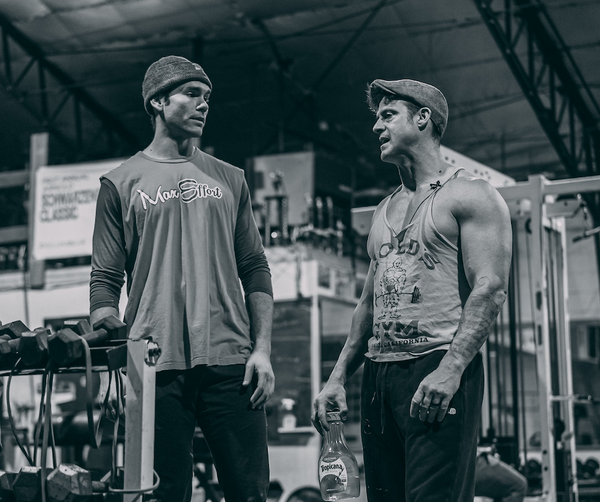Unlocking Team Potential: The Power of the 33% Rule

During her 27 years as the head women’s softball coach at UCLA: Sue Enquist won 11 National Championships, a Gold Medal in 1996 and became the winningest softball coach in history amongst other accolades before being inducted into the UCLA and and International Women’s Sports Hall of Fame. What extends greater than her achievements as a player and coach is her legacy that she left behind. Her time in the sport yielded many lessons on leadership and developing culture, but none have resonated more than the 33% rule.
What is the 33% rule?
Everyone you meet in life can be placed in one of three categories: the bottom third, middle third and top third. The characteristics of these individuals can fluctuate but the impact they have on a team can be the ultimate deciding factor in your culture.
The bottom third:
Everyone has negative thoughts about themselves, their teammates, their coaches. The bottom third of people let those thoughts reflect in their words and their actions. These people are easy to recognize and depending on your situation - they may be the most prominent. “I’d be able to score more points if the coach would give me more playing time.” “It’s too hot to practice today, there’s no way I’m going to make it through this.” “I know I’m better than them, the coach just likes them more than me.” These are some examples of the negative language the bottom third will use to try and bring others down. These individuals always look at the worst possible outcome and let it dictate their effort and their actions. If allowed, these players will suck the life from a team and always make an excuse as to why they aren’t achieving at the highest level.
The middle third:
The middle third of people fluctuate based on their current situation. When the team is winning and they’re playing well, everything is great! But they ride the wave of emotion and can quickly put themselves in the bottom third when things get tough and the outcomes aren’t going their way. When the team is on a losing streak or they’re performing poorly as an individual, it becomes everyone’s problem. It’s easy to fall into this tier because it's situational and requires effort to avoid. You have to develop a daily drive and desire to stay out of this zone and risk becoming a product of your environment. Being a fairweather personality is the worst trait because it’s difficult to distinguish them from the other two tiers. They become a chameleon of their situation and can present as a positive leader until things go sideways.
The top third:
The top tier is reserved for the high performers. The athletes that are able to maintain a positive outlook no matter the circumstances. They’re the foundation that stabilizes the team when everything goes wrong. The players that peers turn to when they need leadership and guidance outside of the coaching staff. These players are often the cornerstone to teams and organizations regardless of talent level and numerical statistics. The thing that separates the top third is their ability to problem solve and be solution oriented individuals. Good teams are able to problem solve on the fly in high pressure situations. In order to develop this trait, it takes hours of practicing the fundamentals. Going the extra mile in training and preparation earn you the ability to fix problems and find solutions at a high level. It allows them to keep composure and impact winning at a high level when the situations aren’t in their favor. Preparation breeds confidence.
Takeaways:
Teams are generally separated into three groups - positive thinker, negative thinkers and floaters. Floaters can be swayed emotionally based on playing time and team success. Negative thinkers will be the demise of a team. Positive thinkers are the cornerstone for every team regardless of talent and statistics. Create a culture where the standard is being in the top third.
Action Items:
- Get to know players on every level. If they live in the bottom third, find out why. Work on solutions to see if you can connect with the player and help change their attitude towards the game.
- Players that are in the middle can move into the top tier if you have patience and learn about the player on a personal level. Often, they’ll tell you the solution with body language and their willingness to open up to you. As a coach, it’s our responsibility to understand what makes players want to perform.
- Ask for feedback. When I’ve struggled with getting to a player, I’ve asked them directly for feedback. Athletes value honesty and opening yourself up for feedback shows that you care. Listening and applying their feedback will help build their trust and make them want to perform at a higher level.
- Provide detailed preparation plans for your athletes. If you want them to be able to perform in pressure situations, prepare them in training with drills and exercises that get them extremely comfortable with the fundamentals and grow their knowledge of the game.











